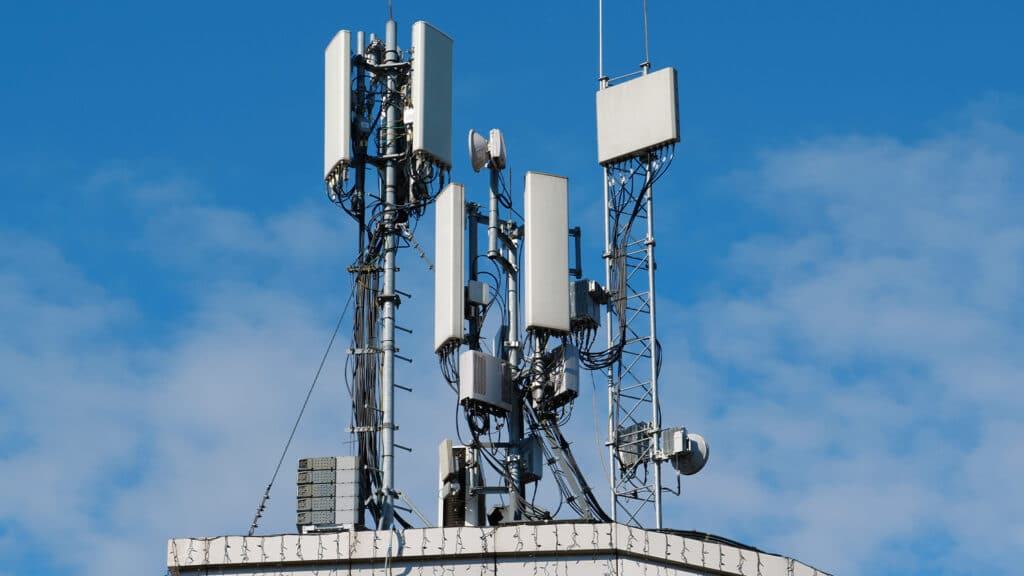Kazakhstan’s telecom sector shows steady growth, survey finds

According to a survey of Kazakhstan’s telecommunications market conducted by Telecom Daily and Nexign, a Russian billing solutions provider and developer of the country’s first mobile operator billing system, the industry is projected to grow by an average of 6% annually, reaching the $3 billion mark by 2027.
In 2024, the telecom market expanded by 11%, reaching $2.4 billion. This growth was largely driven by a roughly 20% increase in communication service tariffs. The price hikes stemmed from rising operational costs, as providers invest in modernizing their network infrastructure to handle growing data traffic and roll out 5G services.
Mobile communication (17%) and internet access services (53%) generated the bulk of telecom revenue. Over the past two years, mobile data usage in Kazakhstan has doubled, placing the country among the global top 10 for mobile internet consumption per capita.
Telecom operators are prioritizing the development of fifth-generation networks. As of April 2025, over 3,000 5G base stations were operating across the country. According to Speedtest, Kazakhstan ranked 50th globally for mobile internet speed as of March 2025 — up 20 positions from the previous year. The country’s average mobile speed hit 81.7 Mbps, more than twice as fast as in Russia and four times faster than in Belarus. Operators have also begun offering 5G-based home internet (FWA), expanding their customer base and revenue streams.
Considering Kazakhstan’s vast geography and the digital divide between urban centers and remote areas, the government is turning to satellite technologies to improve connectivity. In 2024, authorities equipped 750 rural schools with Starlink terminals, following a formal agreement between SpaceX and the government. Another provider, OneWeb, launched a ground communications control center to support satellite internet services in the country.
However, experts note that expanding coverage in remote or sparsely populated areas remains a challenge in Kazakhstan, mainly due to the high cost of equipment and growing price competition among major telecom players. This issue is expected to continue shaping the market through 2027.

